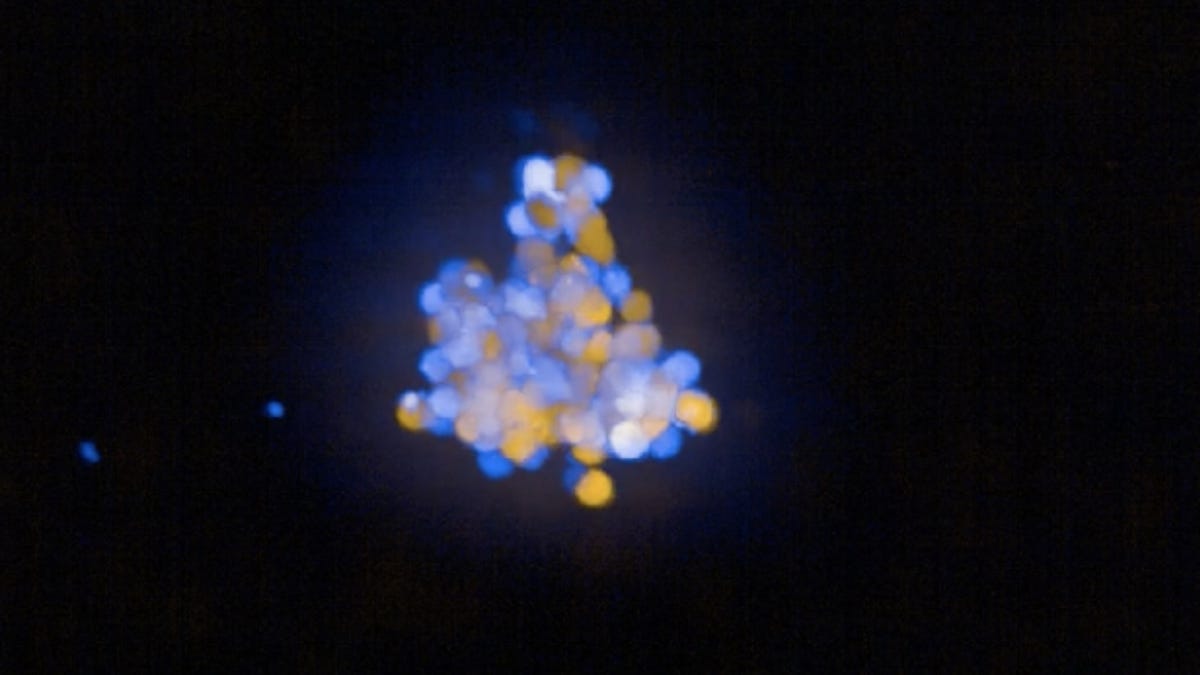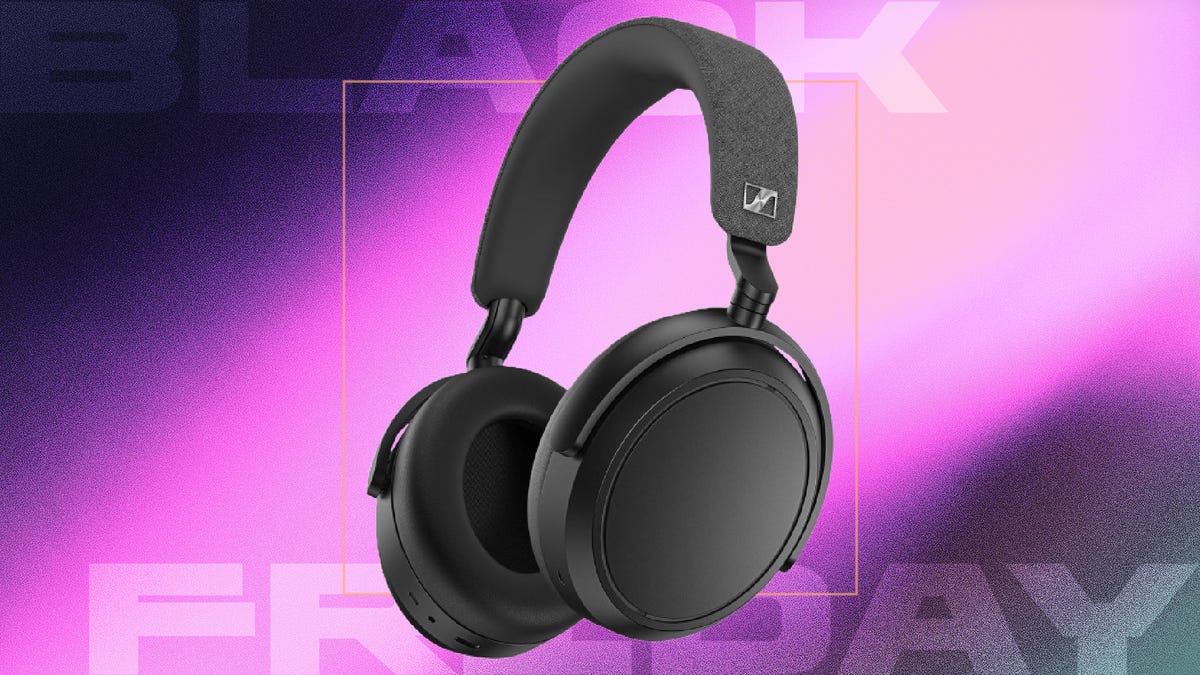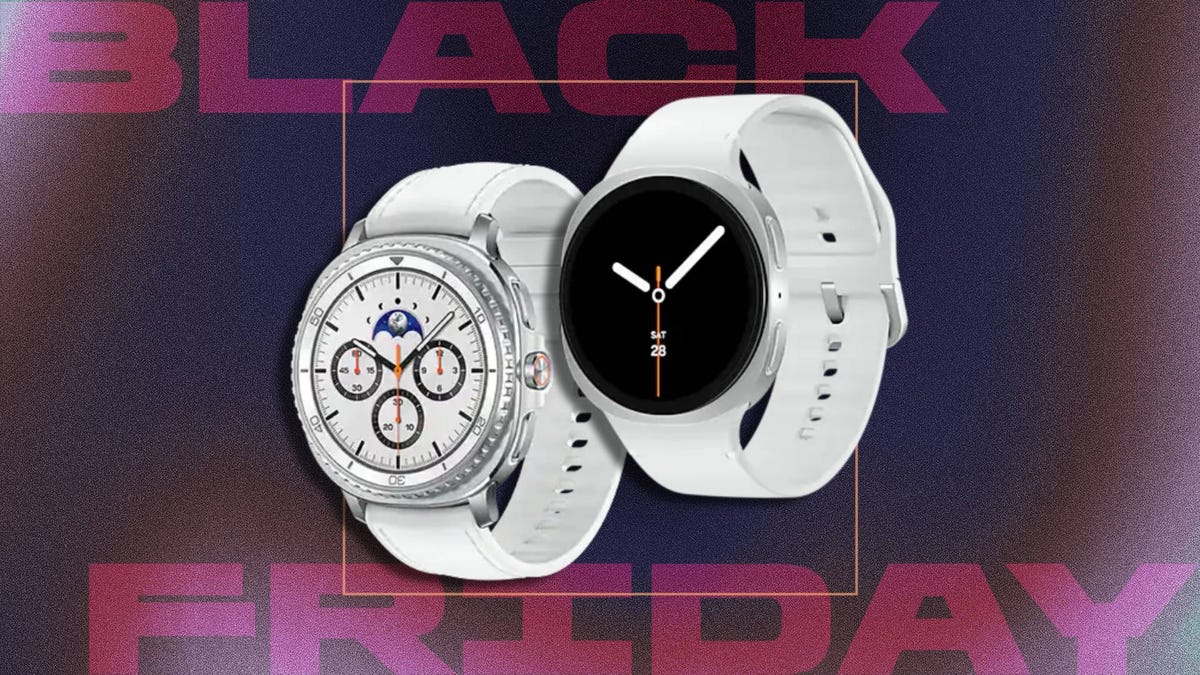Technologies
Scientists Develop ‘Cellular Glue’ That Could Heal Wounds, Regrow Nerves
One day, these special synthetic molecules could also help mitigate the organ shortage crisis.

Researchers from the University of California, San Francisco announced a fascinating innovation on Monday. They call it «cellular glue» and say it could one day open doors to massive medical achievements, like building organs in a lab for transplantation and reconstructing nerves that’ve been damaged beyond the reach of standard surgical repair.
Basically, the team engineered a set of synthetic molecules that can be manipulated to coax cells within the human body to bond with one another. Together, these molecules constitute the so-called «cellular glue» and act like adhesive molecules naturally found in and around cells that involuntarily dictate the way our tissues, nerves and organs are structured and anchored together.
Only in this case scientists can voluntarily control them.
«The properties of a tissue, like your skin for example, are determined in large part by how the different cells are organized within it,» Adam Stevens, a researcher at UCSF’s Cell Design Institute and first author of a paper in the journal Nature, said in a statement. «We’re devising ways to control this organization of cells, which is central to being able to synthesize tissues with the properties we want them to have.»
Doctors could eventually use the sticky material as a viable mechanism to mend patients’ wounds, regrow nerves otherwise deemed destroyed and potentially even work toward regenerating diseased lungs, livers and other vital organs.
That last bit could lend a hand in alleviating the crisis of donor organs rapidly running out of supply. According to the Health Resources and Services Administration, 17 people in the US die each day while on the waitlist for an organ transplant, yet every 10 minutes, another person is added to that list.
«Our work reveals a flexible molecular adhesion code that determines which cells will interact, and in what way,» Stevens said. «Now that we are starting to understand it, we can harness this code to direct how cells assemble into tissues and organs.»
Ikea cells
Right after babies are born (and even when they’re still in the womb) their cells essentially find it easy to reconnect with one another when a bond is lost. This is primarily because kids are still growing, so their cells are still actively coming together. But as a consequence, that’s also why their scratches and scrapes tend to heal quite quickly.
In other words, think of children’s cell molecules as having lots of clear-cut instructions on how to put themselves together to make tissues, organs and nerves. They’re like sentient little pieces of Ikea furniture with the store’s building booklet in hand.
As people get older, however, those biological Ikea instructions get put in the attic, the team explains. That’s because, for the most part, the body is pretty solidified — and this is sometimes a problem. For instance, when someone’s liver gets really damaged, their liver cell molecules may need to refer back to those Ikea instructions but can’t find them.
But that’s where «cellular glue» molecules come in. These rescuers can essentially be primed with those Ikea instructions before being sent into the body, so their blueprint is fresh. Scientists can load them up with information on which cell molecules to bond with and even how strongly to bond with them.
Then, these glue molecules can guide relevant cells toward one another, helping along the healing and regeneration processes.
«In a solid organ, like a lung or a liver, many of the cells will be bonded quite tightly,» explains a UCSF description of the new invention. «But in the immune system, weaker bonds enable the cells to flow through blood vessels or crawl between the tightly bound cells of skin or organ tissues to reach a pathogen or a wound.»
To make this kind of customization possible, the researchers added two important components to their cellular glue. First, part of the molecule acts as a receptor. It remains on the outside of the cell and determines which other cells the molecule is allowed to interact with. Second, there’s the bond-strength-tuner. This section exists within the cell. Mix and match those two traits and, the team says, you can create an array of cell adhesion molecules prepped to bond in various ways.
«We were able to engineer cells in a manner that allows us to control which cells they interact with, and also to control the nature of that interaction,» Wendell Lim, director of UCSF’s Cell Design Institute and senior author of the paper, said in a statement.
In fact, the team says the range of potential molecules is wide enough that they could inform the academic stage of medical studies, too. Researchers could make mock tissues, for example, to deepen understanding of the human body as a whole.
Or as Stevens put it, «These tools could be really transformative.»
Technologies
Give the Gift of Great Sound With Sennheiser Headphones at a 60% Black Friday Discount
The Sennheiser Momentum 4 headphones are now down to a record low price of $179 this Black Friday.

Spending this Black Friday shopping for a holiday gift for an audiophile? With tons of items on sale, there are plenty to chose from. Sennheiser is behind some of the best wireless headphones you can buy, but its headphones can be prohibitively costly.
But for two days only, Woot is running a Black Friday deal that brings the Sennheiser Momentum 4 headphones down to $179 from the original $450 price. The Sennheiser Momentum 4 headphones are for audiophiles who want great quality and comfort. You have to be quick, as this deal ends on Nov. 30, or sooner if supplies run out.
Sennheiser Signature Sound gives you rich, balanced audio, and the companion Smart Control app lets you fine-tune the sound to your liking. Adaptive noise cancellation keeps outside distractions at bay, making these headphones great for work, commuting or just zoning out at home. The battery lasts up to 60 hours at moderate volume, and the voice-calling quality is solid, so you can rely on them for everyday use.
Hey, did you know? CNET Deals texts are free, easy and save you money.
If this style of headphones isn’t your cup of tea, then maybe a pair of the best wireless earbuds will be better suited to your needs. If you’re shopping on a budget, check out our roundups of the best gifts under $100, $50 and $25 to see more great gift-giving ideas.
HEADPHONE DEALS OF THE WEEK
-
$248 (save $152)
-
$170 (save $181)
-
$199 (save $150)
Why this deal matters
This deal surely won’t last. Sennheiser has made a name for itself as one of the best in the audio business, and that’s clear with the Momentum 4 wireless headphones. They offer adaptive noise cancellation, a Bluetooth connection and up to 60 hours of playback. When it comes to comfort and quality, it doesn’t get much better, especially with a discount like this.
Join Our Daily Deals Text Group!
Get hand-picked deals from CNET shopping experts straight to your phone.
By signing up, you confirm you are 16+ and agree to receive recurring marketing messages at the phone number provided. Consent is not a condition of purchase. Reply STOP to unsubscribe. Msg & data rates may apply. View our Privacy Policy and Terms of Use.
Technologies
Samsung’s Galaxy Watch 8 Is Now Just $250 in Multiple Black Friday Sales
The Samsung Galaxy Watch 8 is an even better value with this $100 discount.

The holiday season is here, and while your fitness goals might not be at the front of your mind right now, January is just around the corner. That means resolutions are upon us, so what better time than now to pick up a new smartwatch? You can get your hands on a new Samsung Galaxy Watch 8 while it’s available for a huge $100 off for Black Friday.
Amazon and Best Buy are both selling the Galaxy Watch 8 at the same $250 price. We can’t promise either deal will be around for long.
Samsung’s latest smartwatch packs serious hardware upgrades over it predecessor. It has a vibrant 46mm AMOLED display that shines up to 3,000 nits, along with 2GB of RAM, 64GB of storage, built-in GPS and advanced fitness tools, including sleep coaching and vascular load monitoring. It’s waterproof up to 50 meters and lasts up to 30 hours on a single charge.
CNET expert Vanessa Hand Orellana praised its refined design, detailed health insights and Gemini AI support, noting that it «has nearly every feature I could hope for.» Just remember, some tools work best when paired with the Samsung Galaxy phone.
SMARTWATCH DEALS OF THE WEEK
-
$339 (save $60)
-
$280 (save $70)
-
$300 (save $50)
-
$150 (save $100)
-
$49 (save $30)
Why this deal matters
The Samsung Galaxy Watch 8 packs serious upgrades for the price. With advanced fitness tools, sleep coaching and daily energy tracking, it’s one of the most feature‑rich smartwatches this year. The $250 price represents a new low for the model and includes a 90-day warranty. But with limited stock, it’s a deal worth grabbing quickly.
Join Our Daily Deals Text Group!
Get hand-picked deals from CNET shopping experts straight to your phone.
By signing up, you confirm you are 16+ and agree to receive recurring marketing messages at the phone number provided. Consent is not a condition of purchase. Reply STOP to unsubscribe. Msg & data rates may apply. View our Privacy Policy and Terms of Use.
Technologies
The Black Friday Gaming Deals Are Here. Shop Now and Save Big on PlayStation, Xbox and Alienware
-

 Technologies3 года ago
Technologies3 года agoTech Companies Need to Be Held Accountable for Security, Experts Say
-

 Technologies3 года ago
Technologies3 года agoBest Handheld Game Console in 2023
-

 Technologies3 года ago
Technologies3 года agoTighten Up Your VR Game With the Best Head Straps for Quest 2
-

 Technologies4 года ago
Technologies4 года agoBlack Friday 2021: The best deals on TVs, headphones, kitchenware, and more
-

 Technologies4 года ago
Technologies4 года agoVerum, Wickr and Threema: next generation secured messengers
-

 Technologies4 года ago
Technologies4 года agoGoogle to require vaccinations as Silicon Valley rethinks return-to-office policies
-

 Technologies4 года ago
Technologies4 года agoOlivia Harlan Dekker for Verum Messenger
-

 Technologies4 года ago
Technologies4 года agoiPhone 13 event: How to watch Apple’s big announcement tomorrow
